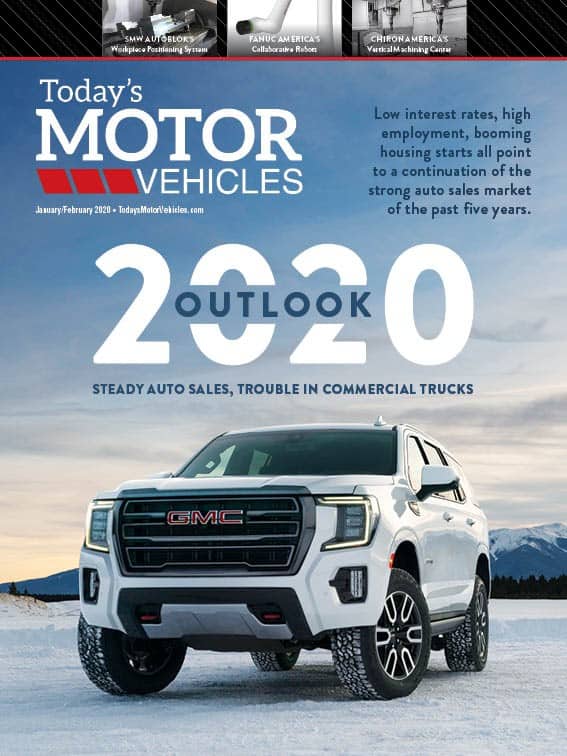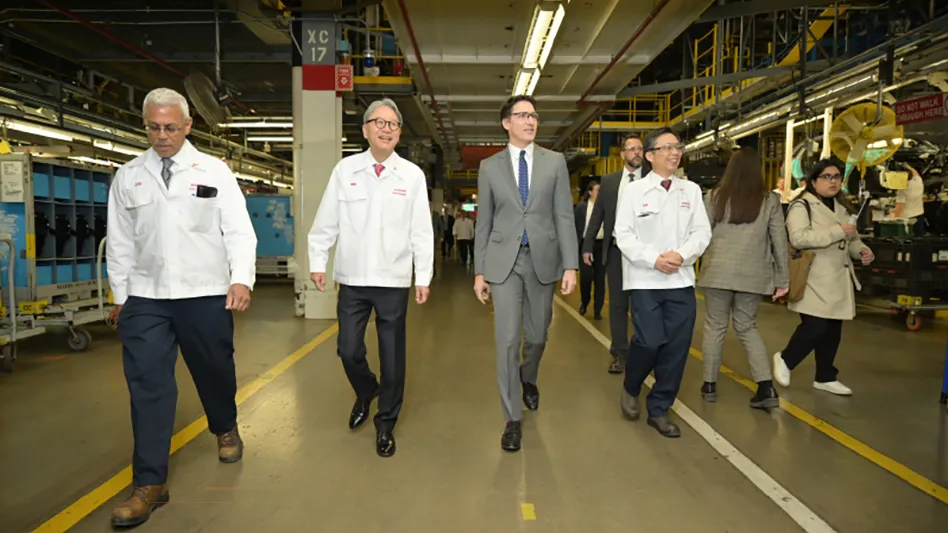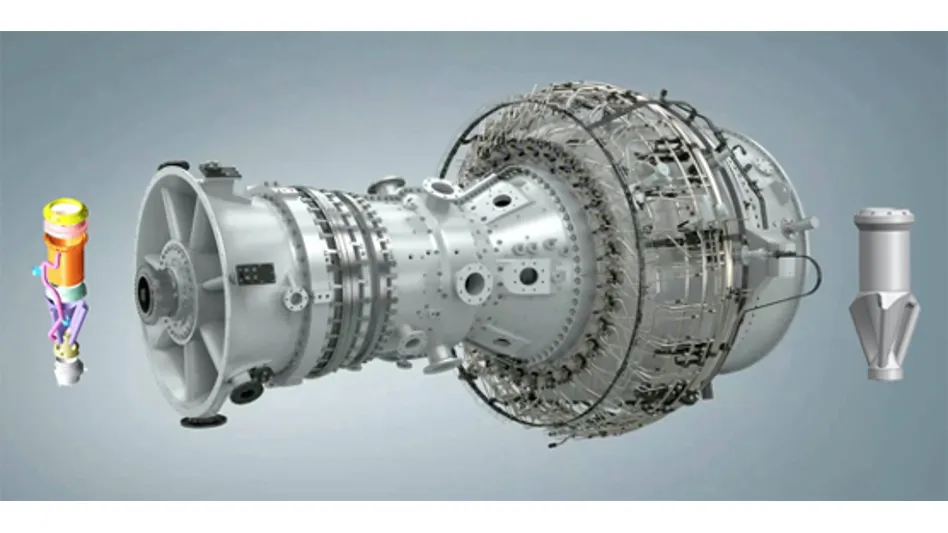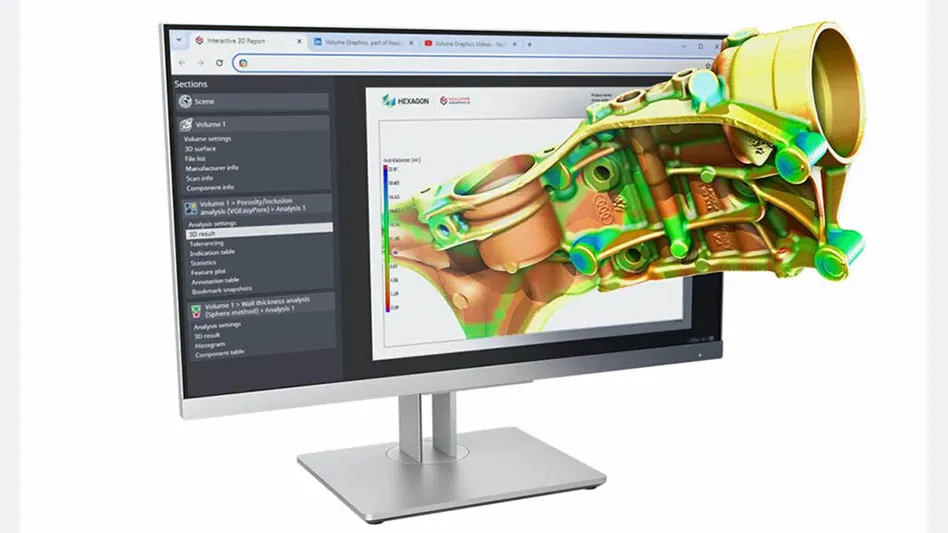
The party was supposed to end two years ago, but don’t tell that to the people waving stacks of cash at car dealerships. Despite predictions that auto sales would fall to about 16.8 million units in 2018 and 2019, the industry capped off its fifth consecutive year north of 17 million last year.
So, of course, predictions call for 16.8 million in sales this year.
To be fair, predictions for lower sales during the past two years came at a time when the U.S. economy was busily defying long-held economic beliefs on wage growth, employment levels, and inflation, leading to actions that would have made no sense on paper in early 2018.
Interest rates
One of the main causes of pessimism heading into 2019 was the cost of borrowing to buy new cars. Every time the Federal Reserve raised interest rates, borrowing got more expensive, keeping potential buyers out of the market. Historically, the Fed has increased rates to control inflation. As unemployment falls, the theory goes, wages rise as businesses compete for a smaller pool of available workers. Rising wages lead to higher costs, which lead to higher prices, generating inflation – in theory. If that happens too quickly, price increases can speed past wage gains, destroying any consumer benefits from a good economy.
When the Consumer Price Index (CPI) inflation measure gained 2.1% in 2017 and posted sharp gains in early 2018 (closing the year up 2.4%), the Fed acted, raising rates four times in 2018, drawing concern from automakers each time. Heading into 2019, auto industry watchers cited interest rate concerns for their pessimistic forecasts. Here’s where things got a bit weird.
The economy kept growing at a slow, steady pace last year, but wage growth stayed minimal. Despite unemployment rates falling to record lows, businesses still found plenty of applicants for most openings. Economists had never seen a market with low unemployment and low wage growth (hence low inflation), so the 2018 rate hikes appeared unneeded in retrospect. So, the Fed reversed itself and cut rates three times last year, boosting monthly auto payment affordability and goosing sales.
“I think the auto industry has their eyes wide open at this point regarding interest rates in 2020,” says Jenn Reid, vice president of Automotive Marketing and Strategy for credit reporting agency Equifax. “A lot of this is driven by macro-economic trends with some geo-political influence. At this point, with the economy remaining stable but global markets feeling economic pressure, there is a strong possibility that rates may remain unchanged throughout the year.”
There has been some wage growth in the economy, centering mostly on the low end of the spectrum, so those who had the hardest struggles affording new vehicles are the ones benefiting the most from ongoing growth. That trend shows up in Equifax data with loans to sub-prime borrowers falling as the overall lending market increases – in other words, creditworthiness of car buyers is climbing.
Reid warns that vehicle affordability remains a growing problem. As buyers shift from cars to SUVs, average vehicle loan amounts and payback terms continue to increase. With loans lasting seven years and longer, auto finance companies and banks carry more risk, she says, if the economy slows or enters a recession in the next few years.
“Sure, wage growth always offers the hope of improving someone’s creditworthiness, but the automotive industry, including lenders and dealers, have a great responsibility in educating shoppers earlier in the process to make sure they help customers get into the right car at the right price,” Reid says. “Education earlier in the research phase helps alleviate sticker friction at the dealership and helps mitigate losses down the road for the lender and dealer.”
Car declines accelerate
While the overall auto industry outlook remains healthy for 2020, expect cars to continue to fall in popularity in favor of crossovers and SUVs. National Automobile Dealers Association (NADA) Senior Economist Patrick Manzi says light trucks accounted for more than 70% of new-car sales for 2019; a decade ago the industry was split nearly 50-50. By the end of 2020, NADA projects that 75% of new vehicles sold will be light trucks.
“Consumers like the added practicality and ride-height afforded by light trucks. And crossovers, which account for more than 40% of the total new vehicle market, continue to increase in fuel efficiency each year – offering fuel economy close to their sedan counterparts,” Manzi says. “In the absence of a significant spike in gasoline prices for a sustained period of time, we expect this shift in preference as permanent.”
That’s good news for automaker profitability as crossovers and SUVs carry fatter margins than small cars. However, that shift is partially responsible for predicted lower sales totals. In dollar terms, analysts and economists expect sales to continue to rise, but crossovers, trucks, and SUVs require more man-hours to assemble than cars.
In 2020, the big concern for analysts is predicting the total demand for larger vehicles. Thomas King, president of research company J.D. Power’s Data & Analytics Division says average vehicle transaction prices hit a new record in 2019 at $34,602, driven by $655 increase in average truck prices.
“Another record for transaction prices reinforces that manufacturers are producing the type of vehicles that consumers want in the market,” King notes. “Record prices, however, have also been accompanied by record incentive levels, which signifies that there is still too much supply relative to overall demand.”
Electric vehicles
Tesla hit its stride in 2019 with high-volume deliveries of its Model 3 electric vehicles (EV) in the U.S., and sales could climb significantly this year. The automaker opened its Shanghai, China, plant at the end of the year, so it can dedicate more of the capacity of its California facility to North American demand. Tesla also broke ground on a plant near Berlin, Germany, last year, so by 2021, European production will be handled there.
The rest of the market, however, remains extremely murky. Outside of Tesla, the growth in 2019 EV sales came from new model launches such as the Audi eTron. Established, mainstream EVs that lacked the Tesla logo posted steep declines: Chevy Bolt down 9%, Nissan Leaf down 16%, BMW i3 down 21%.
New models will launch in 2020, including Ford’s Mustang Mach E (see electric drive, page 24-25). Couple that with more North American capacity for Tesla, and there should be plenty of EVs for anyone who wants one.
The problem remains predicting market demand. The U.S. Department of Energy’s Energy Information Administration (EIA) missed by about half when predicting nearly 1 million U.S. EV sales in 2019. For 2020, the EIA predicts 1.5 million U.S. EV sales.

Conclusion
If economists are right and 2020 sales dip to 16.8 million (the predictions of NADA and J.D. Power, analysts at Cox Automotive predict 16.7 million), automakers would remain highly profitable and able to invest in EVs and autonomous vehicles. Uncertainty remains, but this year’s outlook is far more stable than in 2018 and 2019 when the impacts of interest rates and trade deals were far more inconclusive (see sidebar, page 20).
Labor talks concluded in 2019, so the risk of another 6-week General Motors (GM) strike is minimal; companies are rushing more crossovers and SUVs to dealers to make up for falling car sales; and more people have jobs. The economy has acted unpredictably for the past few years, and weakness in China and Europe could reach the U.S. However, as 2020 begins, the underlying economic picture is the best it’s been in years for the auto industry.
Equifax https://www.equifax.com
J.D. Power https://www.jdpower.com
U.S. Bureau of Labor Statistics https://www.bls.gov
National Automobile Dealers Association (NADA) https://www.nada.org
U.S. Energy Information Administration (EIA) https://www.eia.gov

Explore the January February 2020 Issue
Check out more from this issue and find you next story to read.
Latest from EV Design & Manufacturing
- Sodium-ion batteries hold potential for faster EV charging
- UPCOMING WEBINAR: Additive Manufacturing for Aircraft Cockpit Interior Components
- Argonne National Laboratory partners with Talon Metals and Toyota Motor North America to boost domestic battery production
- Still time to register for the May 16 Manufacturing Lunch + Learn
- Sepion advances EV battery safety with AI-driven non-flammable electrolyte
- Dillon reversible hard jaws are suitable for ID and OD workholding to speed setup times
- Students build electric race car with the help of 3D printing
- Kennametal enhances high-performance turning platform





